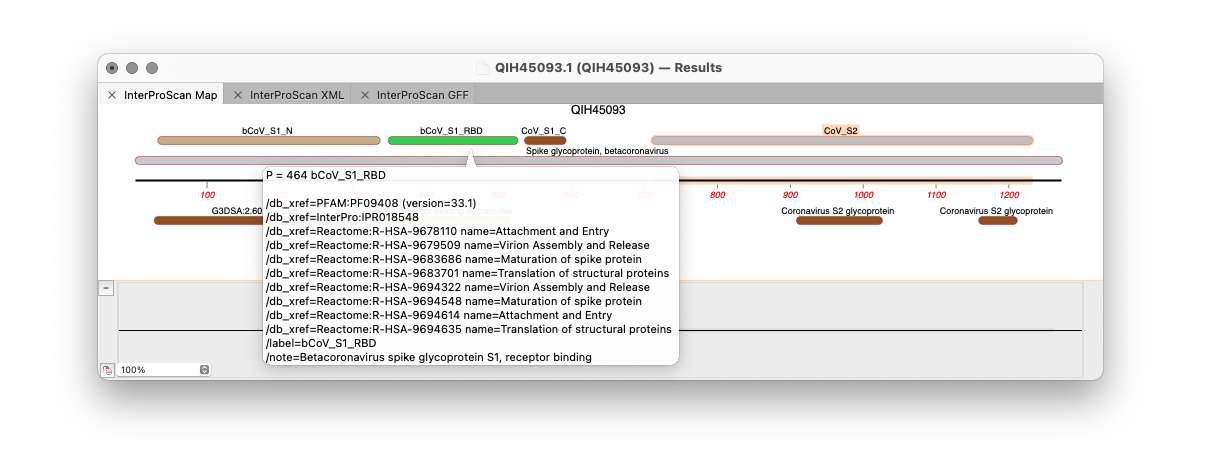


An emerging model for the mechanism of NMD proposes that the first translating ribosomes displace bound proteins as they traverse a nascent cytoplasmic messenger ribonucleoprotein (mRNP) molecule ( 22). NMD requires at least three trans-acting factors, termed Upf1p, Upf2p, and Upf3p ( 15, 27, 40, 42, 43), which localize predominantly to the cytoplasm and associate with polysomes ( 2, 3). The basic process has been most comprehensively studied in the yeast Saccharomyces cerevisiae. Rather, many nonsense transcripts are recognized and selectively degraded by the cell via a pathway known as nonsense-mediated mRNA decay (NMD) ( 17, 20, 47). Based on these findings, a novel model in which Upf2p and rent2 effects decreased translation and accelerated decay of nonsense transcripts through competitive interactions with eIF4G-binding partners is proposed.Ĭontrary to intuition, the predominant consequence of nonsense mutations in eukaryotes is not the synthesis of truncated proteins. Furthermore, using the two-hybrid system, we obtained evidence for direct interaction between rent2 and human eIF4AI and Sui1, both components of the translation initiation complex. Directed mutations within these so-called eIF4G homology (4GH) domains were sufficient to abolish the function of S. Finally, novel functional domains of Upf2p and rent2 with homology to eukaryotic initiation factor 4G (eIF4G) and other translational regulatory proteins were identified. Additionally, fragments of rent2 were shown to possess nuclear targeting activity, although the native protein localizes to the cytoplasmic compartment. rent2 was demonstrated to interact directly with rent1, a known trans-effector of NMD in mammalian cells. pombe UPF2 established that this gene is required for NMD in fission yeast. In this study, we demonstrate additional functional conservation of the NMD pathway through the identification of Upf2p homologues in Schizosaccharomyces pombe and humans (rent2). Orthologues of Upf1p have been identified in numerous species, showing that the NMD machinery, at least in part, is conserved through evolution. In Saccharomyces cerevisiae, three trans-acting factors (Upf1p to Upf3p) are required for NMD. In addition to protecting cells by preventing the translation of potentially deleterious truncated peptides, studies have suggested that NMD plays a broader role in the regulation of the steady-state levels of physiologic transcripts. Transcripts harboring premature signals for translation termination are recognized and rapidly degraded by eukaryotic cells through a pathway known as nonsense-mediated mRNA decay (NMD).


 0 kommentar(er)
0 kommentar(er)
